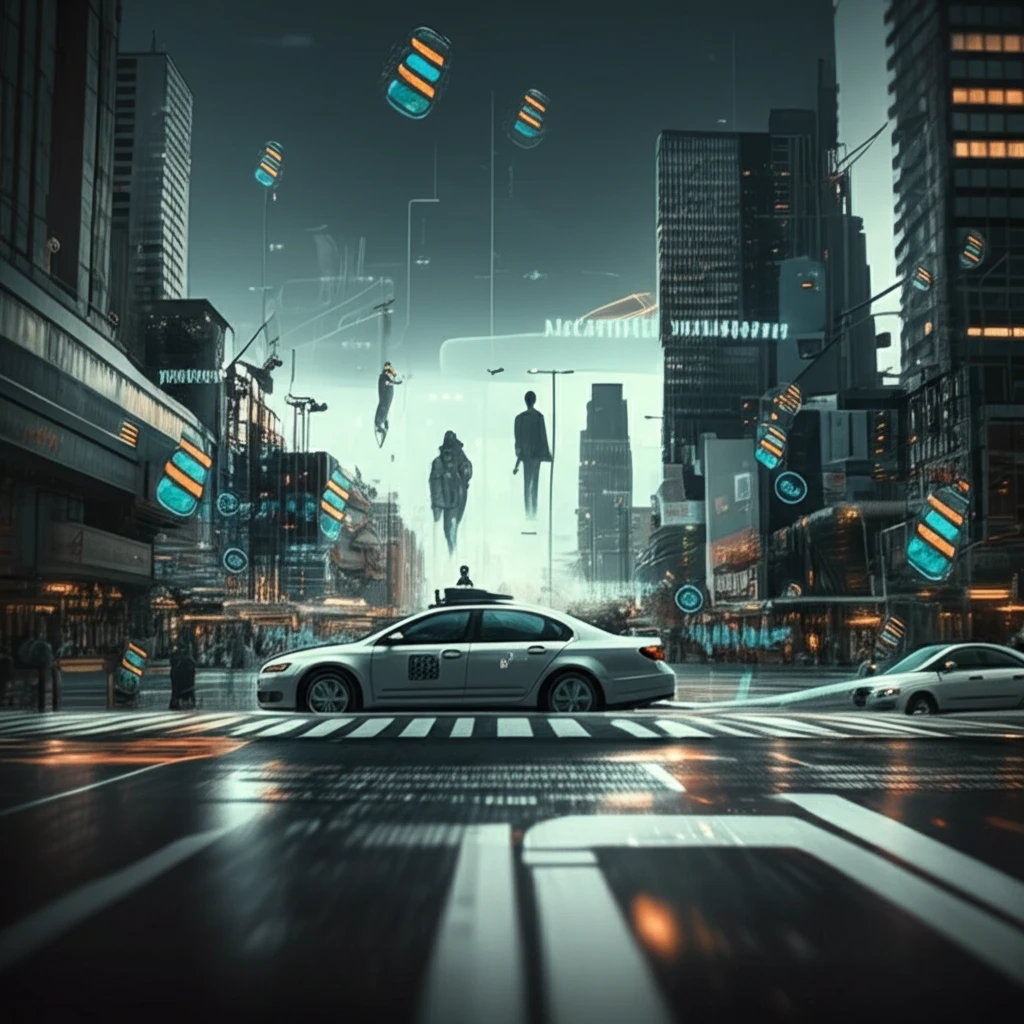
Driverless Dilemmas: Who's to Blame When Self-Driving Cars Cause Harm?
"Exploring the Complexities of Criminal Liability in the Age of Autonomous Vehicles"
Self-driving cars are no longer a futuristic fantasy; they're increasingly a part of our everyday lives. This technological leap, however, introduces complex legal and ethical questions, particularly when these autonomous vehicles malfunction and cause harm. Can robots be held responsible for their actions, or does the blame lie with the humans who design, program, and deploy them?
Today's robots, including self-driving cars, are not suitable recipients of criminal punishment. They lack the capacity for moral reasoning and cannot understand the concept of retributive justice. However, the humans who create and manage these robots can potentially be held liable for intentional or negligent actions.
This article delves into the challenges of assigning criminal liability when self-driving cars cause accidents, exploring the perspectives of German and U.S. legal systems. It examines the responsibilities of manufacturers, programmers, and operators in ensuring the safety of autonomous vehicles and discusses the potential for limiting liability to foster innovation.
Who Is Responsible? Untangling the Web of Liability

The rise of self-driving cars presents a unique challenge to traditional legal frameworks. Unlike human drivers, autonomous vehicles operate without a fully defined operational mode. These 'Intelligent Agents' rely on smart technology to analyze data, identify patterns, and react without human intervention. This raises critical questions about accountability when accidents occur. Is it the manufacturer, the programmer, or the 'driver' who should be held responsible?
- The Engineer/Manufacturer: Responsible for the design and construction of the vehicle. Could be liable if defects in manufacturing or design contribute to an accident.
- The Programmer: Responsible for the software and algorithms that control the vehicle's actions. Could be liable if errors in programming lead to dangerous behavior.
- The Operator/Owner: The person using the vehicle. Their responsibility lies on the usage and compliance with laws.
Finding the Right Balance: Innovation vs. Accountability
As self-driving technology continues to evolve, societies must grapple with the complex issue of assigning liability when accidents occur. While robots themselves may not be suitable subjects of criminal punishment, the humans who design, program, and operate them must be held accountable for ensuring their safety. Striking the right balance between promoting innovation and protecting the public from harm is essential for realizing the full potential of autonomous vehicles.
